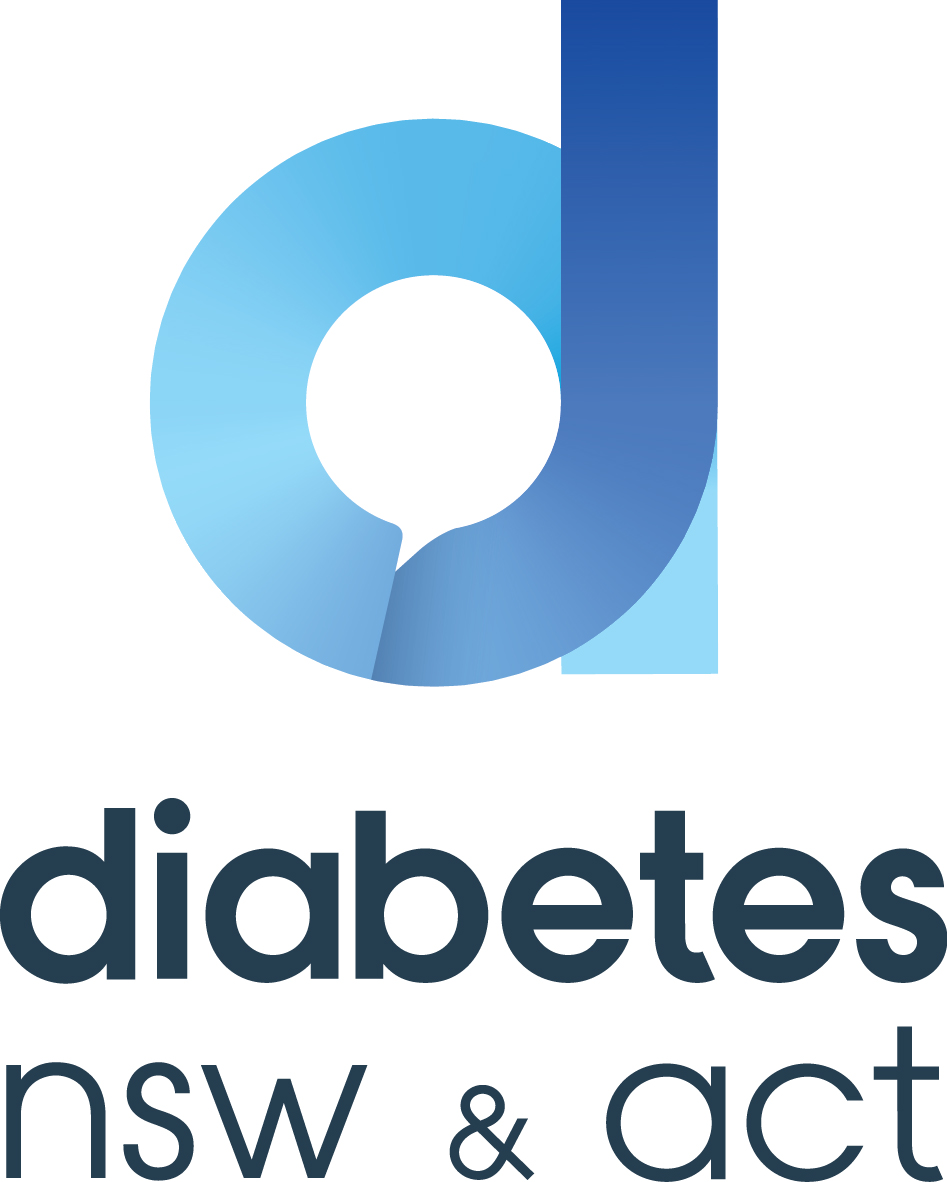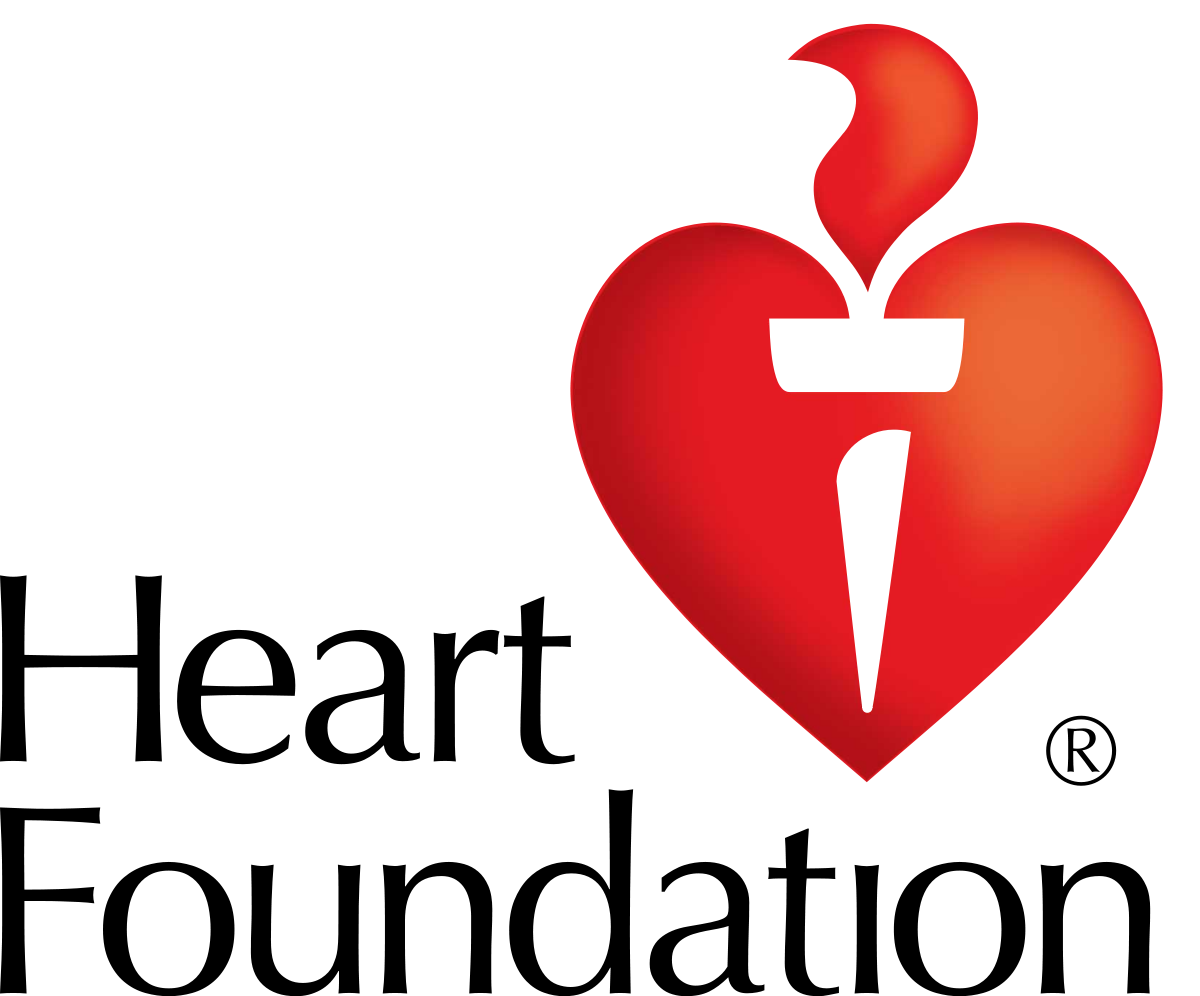Weight loss surgery
There are a few different types of surgeries when it comes to weight loss surgeries. The surgery affects your stomach and how you digest food. It is designed to make your stomach much smaller, which causes you to feel full after eating a more modest amount of food.
Common types of surgeries include:
- Lap band surgery or gastric banding
- Gastric bypass
- Gastric sleeve surgery
Many factors will determine what type of surgery is best suited for you, best discussed with your GP and surgeon. Factors that will need to be considered are how much weight you need to lose and any illnesses you may have.
Obesity surgery is the last resort, when all other attempts at weight loss have failed and the person’s health is at risk. Even then, this type of surgery needs careful consideration by balancing the risks of obesity against the chances of success and possible side effects of such procedures. It is not a form of cosmetic surgery, nor an alternative to good eating habits and regular exercise.
Obesity surgery can offer rapid weight loss but, to be successful, it must be accompanied by healthy eating habits and regular exercise. If the surgery is reversed, weight will inevitably be regained (even with the best of willpower), as the genetic tendency resulting in obesity can never be cured and is only modified by surgery.
Obesity surgery techniques
The various techniques of obesity surgery include:
- gastric (stomach) stapling
- gastric banding
- bowel bypass
Surgery explained
Gastric stapling and gastric banding (lapband)
Gastric stapling and gastric banding involve procedures where a small pouch is formed at the top part of the stomach. This allows only a small amount of food to be consumed at a sitting. This results in a feeling of satisfaction and the loss of hunger after a small, solid meal is eaten. If more food is eaten in the next hour or two, an overfull and bloated feeling will be experienced and regurgitation may occur.
Stomach stapling is usually done through an abdominal incision, while banding can usually be done with laparoscopic or ‘keyhole’ surgery. Banding has the advantage that it can be ‘adjusted’ - if there are problems with eating, the band can be loosened by an injection through the abdominal wall or, if insufficient weight is lost, the band can be tightened.
Both operations may result in early complications (such as infection, leakage from the stomach, thrombosis or embolism, or even death), although these are fortunately uncommon. In the longer term, staple lines can break down or the band may slip or become infected. Both operations are reversible.
Bowel bypass
Food is normally digested and absorbed by the small intestine. A bowel bypass operation reduces the length of the small intestine by bypassing about three quarters of its length and allowing less food to be digested and absorbed. The consequence of this is that undigested food passes into the large bowel. This has the side effect of producing diarrhoea in the early months after surgery, which may be severe. Other problems in the early months can be nausea, abdominal cramps, a lot of wind and, sometimes, mineral deficiencies. There are several types of bypass surgery and they are not frequently performed, as they are more major than the stomach operations.
Surgery is not a long-term obesity solution
Obesity surgery is only part of a solution for unwanted weight gain. The surgery cannot control the type of food the person eats, the type of liquid intake, how often they eat or how much they exercise. The responsibility for these factors rests with the person. Weight loss may be disappointing if these factors are not carefully controlled.
Where to get help
- Your doctor
- Obesity Surgery Society of Australia and New Zealand Tel. (03) 9421 1166
Source: Better Health Channel, https://www.betterhealth.vic.gov.au/health/ConditionsAndTreatments/obesity-surgery


